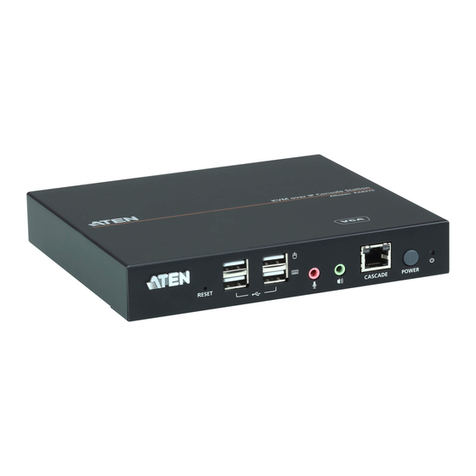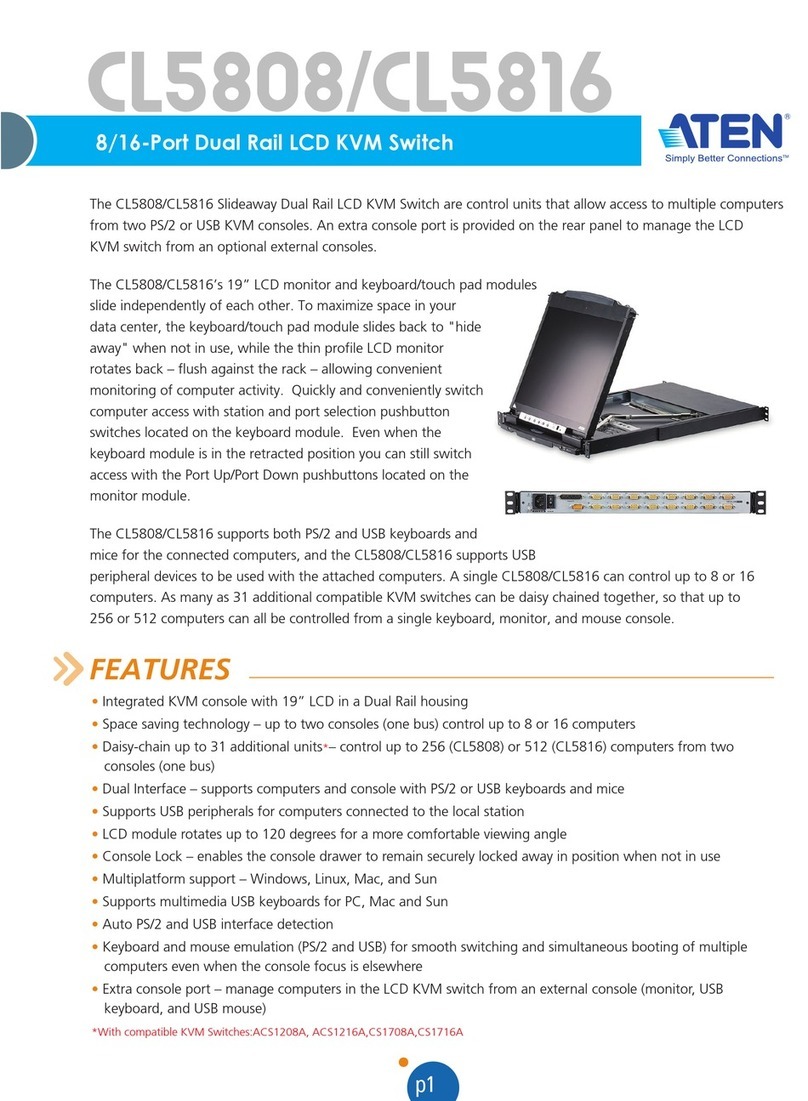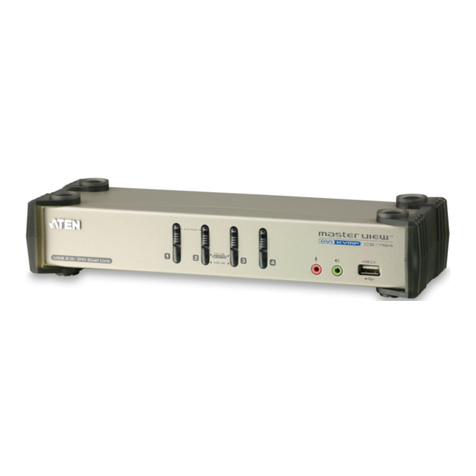ATEN KN-9116 User manual
Other ATEN Switch manuals

ATEN
ATEN Master View CS-82A User manual

ATEN
ATEN VanCryst VM3200 User manual
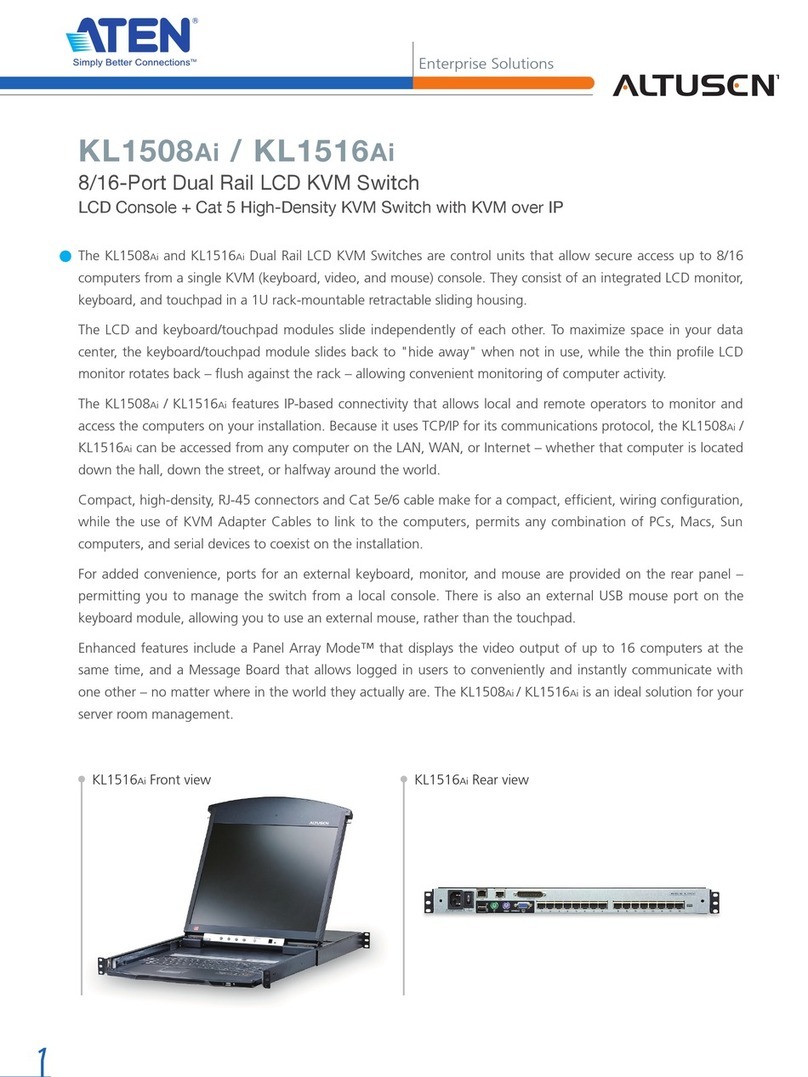
ATEN
ATEN Altusen KL1508Ai User manual
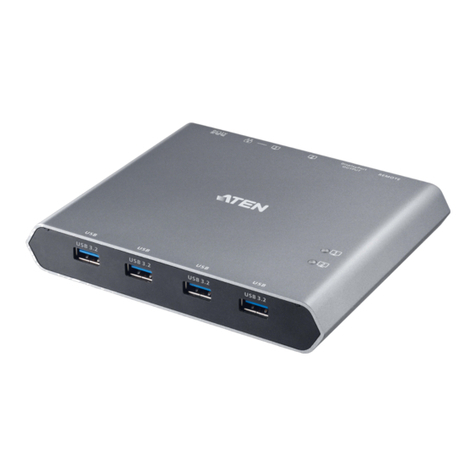
ATEN
ATEN US3311 User manual
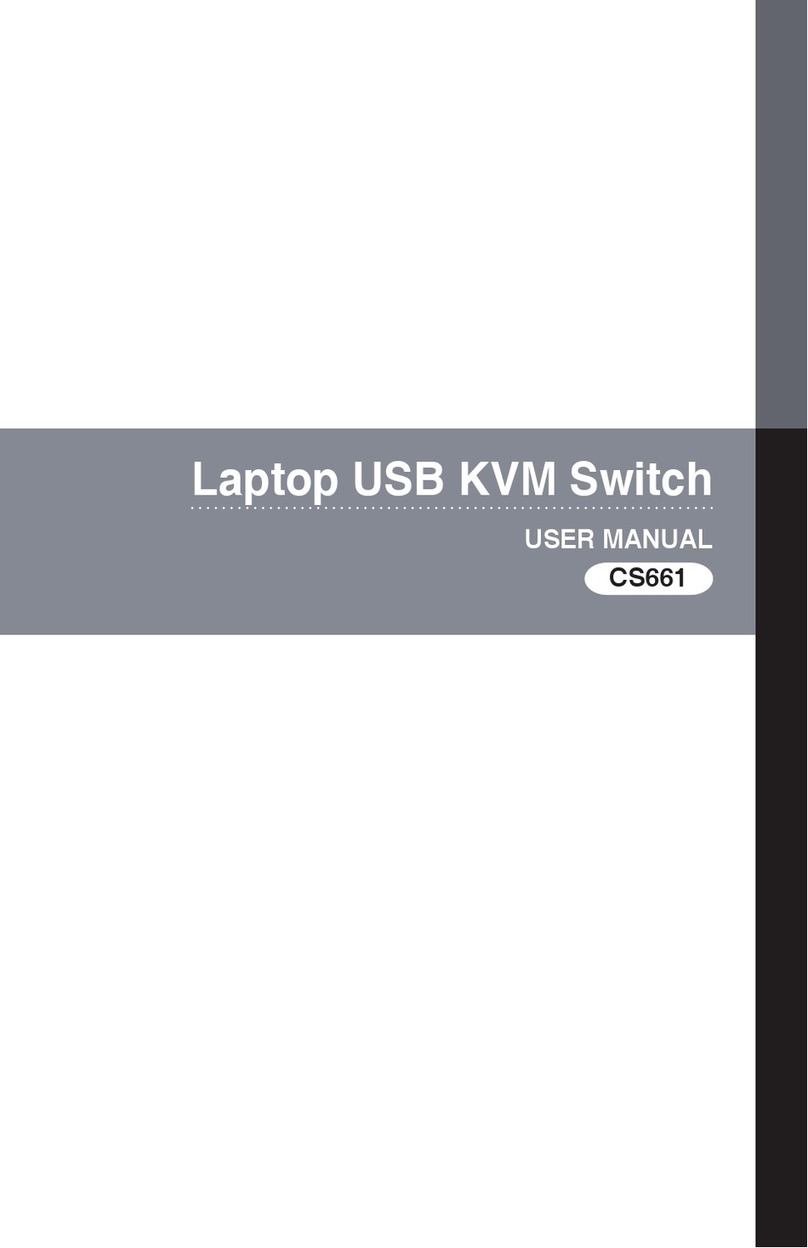
ATEN
ATEN CS661 User manual
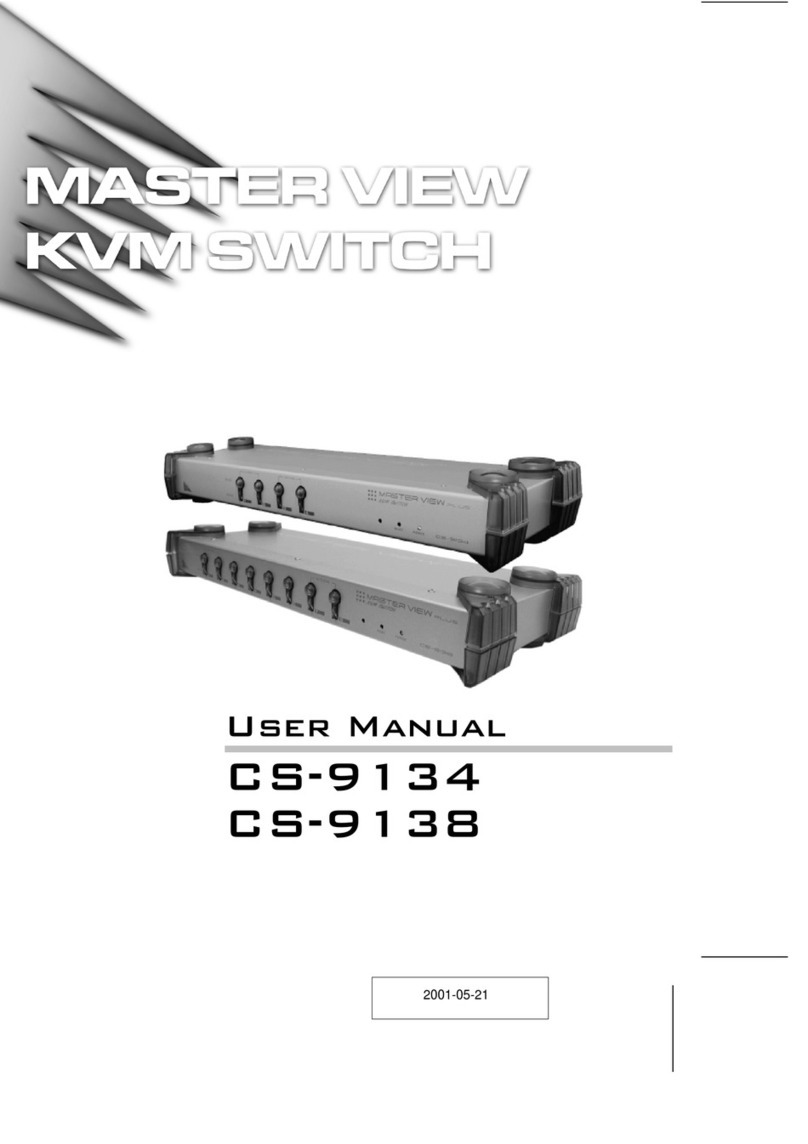
ATEN
ATEN Master View CS-9134 User manual
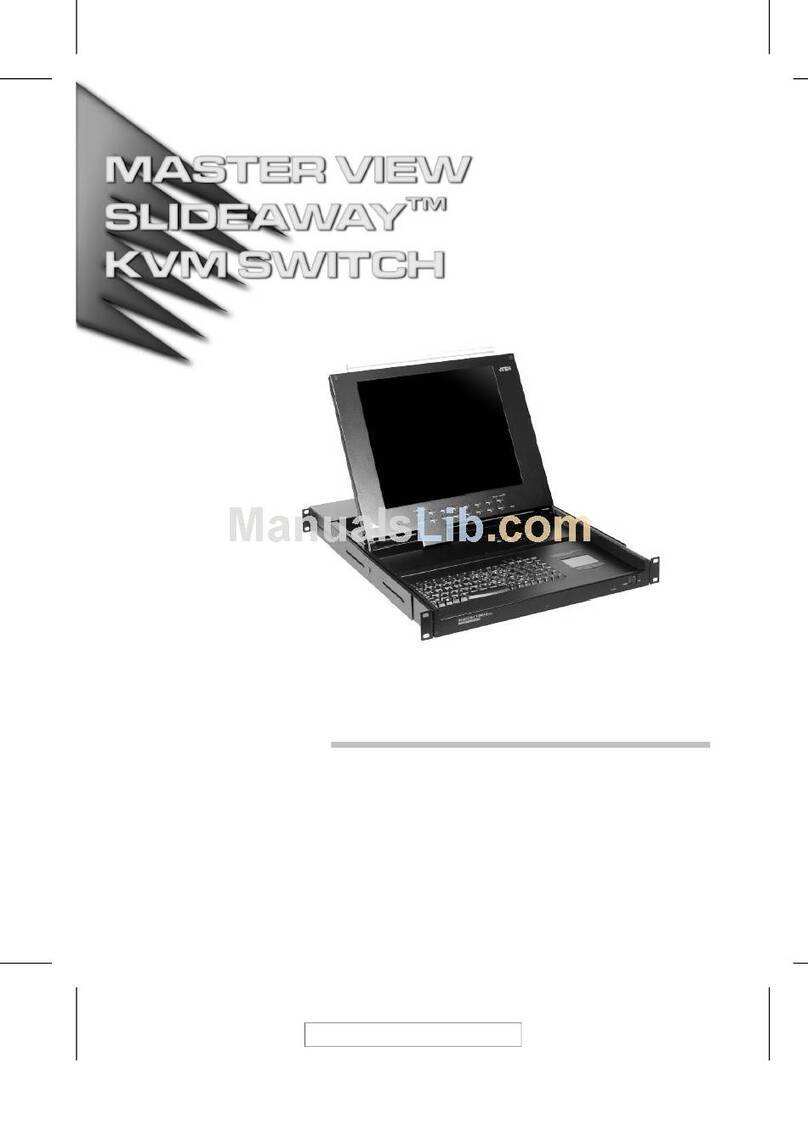
ATEN
ATEN Master View Slideaway ACS-1208AL User manual

ATEN
ATEN ALTUSEN KL1516A User manual
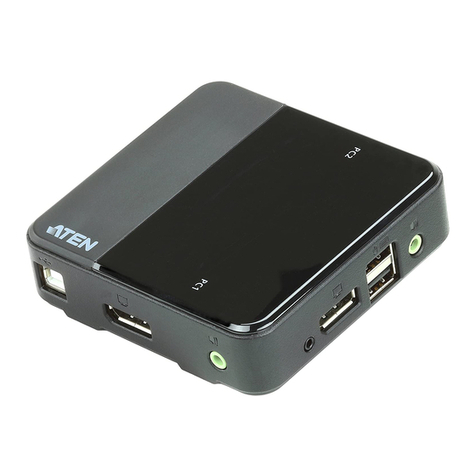
ATEN
ATEN CS782DP User manual
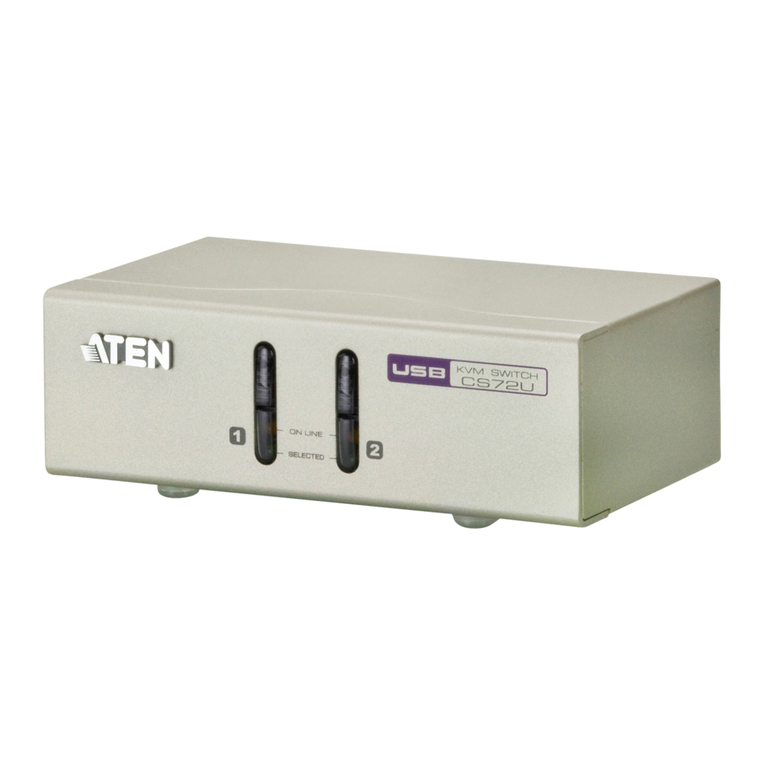
ATEN
ATEN CS72U User manual
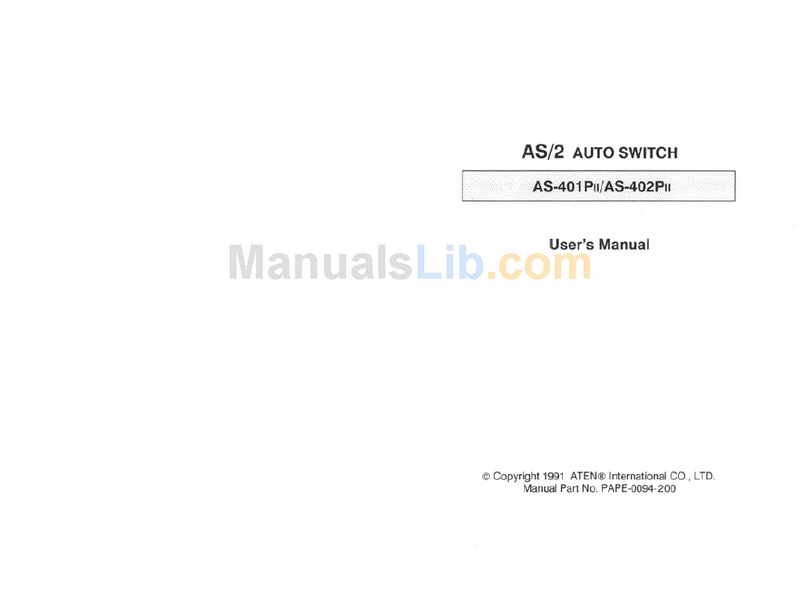
ATEN
ATEN AS-401PII User manual
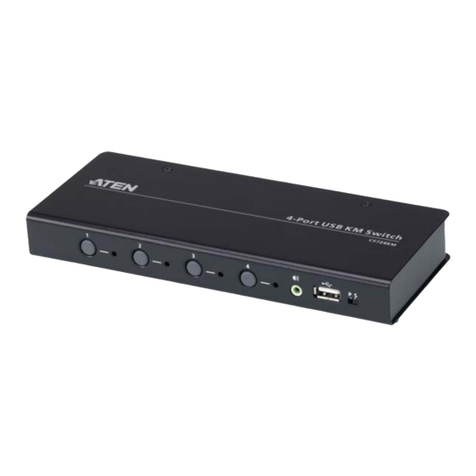
ATEN
ATEN CS724KM-AT User manual

ATEN
ATEN VM7804 User manual
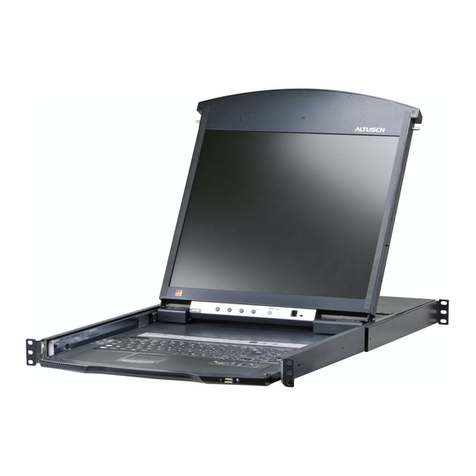
ATEN
ATEN Altusen KL1508Ai User manual
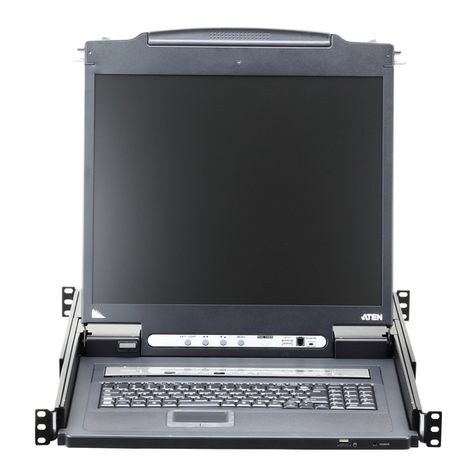
ATEN
ATEN CL5708I User manual
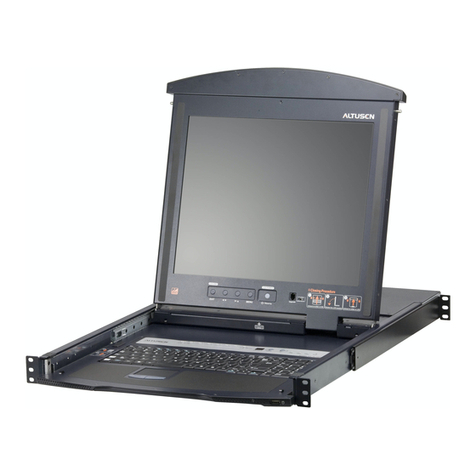
ATEN
ATEN ALTUSEN KL1508 User manual
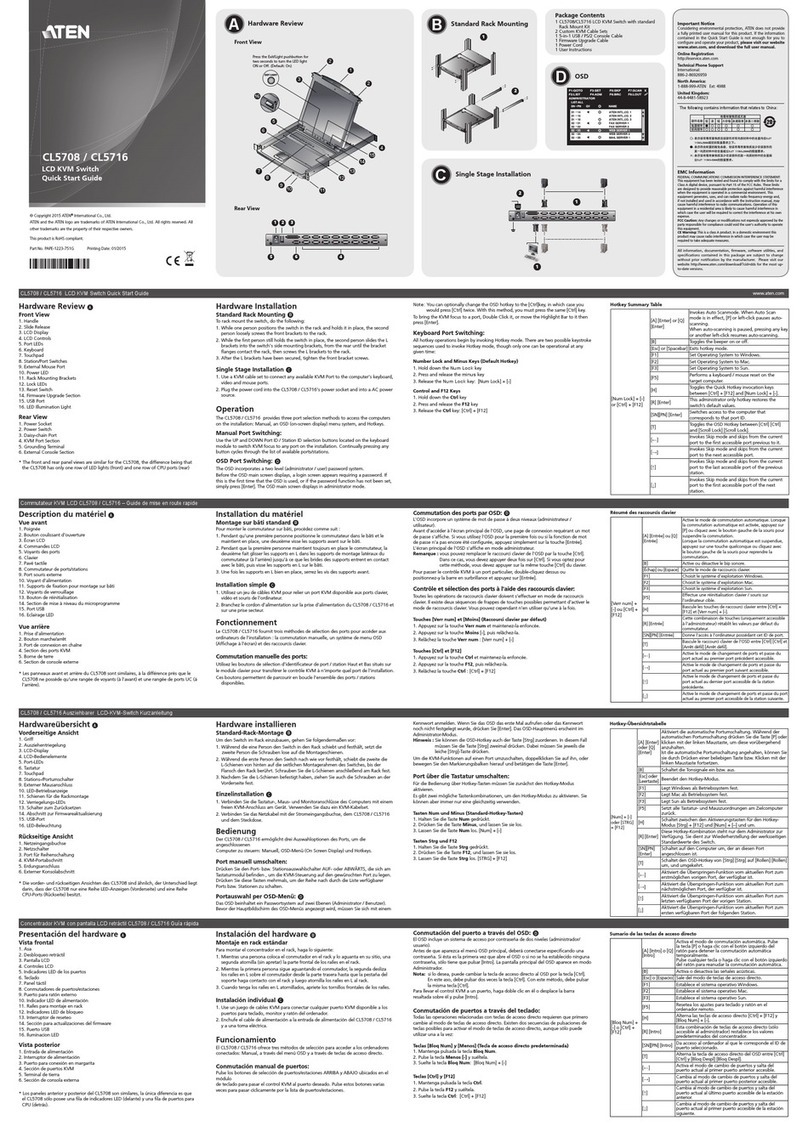
ATEN
ATEN Slideaway CL5708 User manual
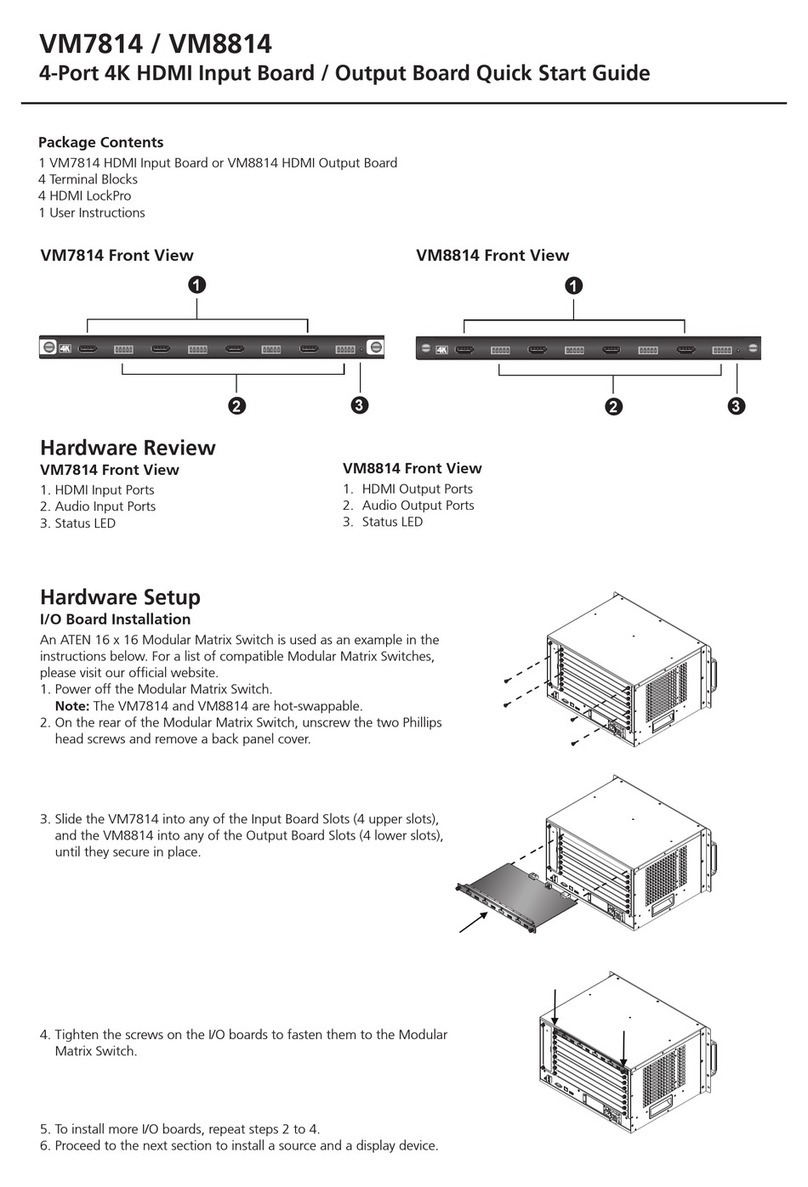
ATEN
ATEN VM7814 User manual
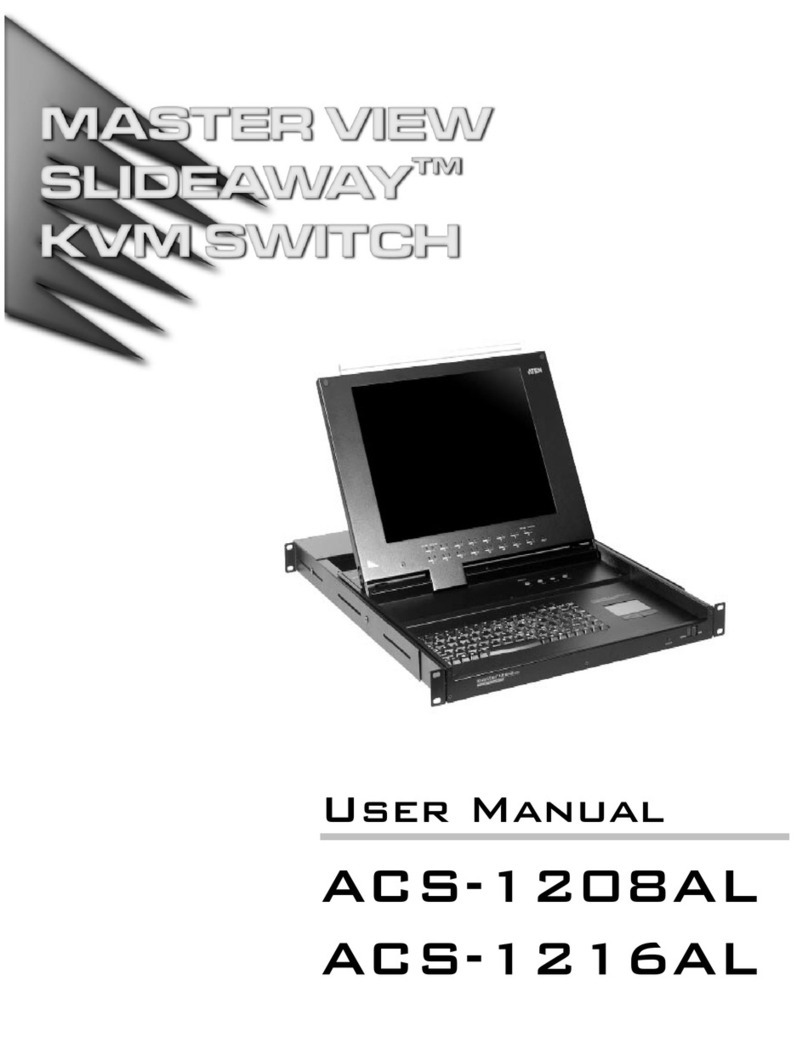
ATEN
ATEN Master View Slideaway ACS-1208AL User manual

ATEN
ATEN CS692 User manual
Popular Switch manuals by other brands

SMC Networks
SMC Networks SMC6224M Technical specifications

Aeotec
Aeotec ZWA003-S operating manual

TRENDnet
TRENDnet TK-209i Quick installation guide

Planet
Planet FGSW-2022VHP user manual

Avocent
Avocent AutoView 2000 AV2000BC AV2000BC Installer/user guide

Moxa Technologies
Moxa Technologies PT-7728 Series user manual

Intos Electronic
Intos Electronic inLine 35392I operating instructions

Cisco
Cisco Catalyst 3560-X-24T Technical specifications

Asante
Asante IntraCore IC3648 Specifications

Siemens
Siemens SIRIUS 3SE7310-1AE Series Original operating instructions

Edge-Core
Edge-Core DCS520 quick start guide

RGBLE
RGBLE S00203 user manual
